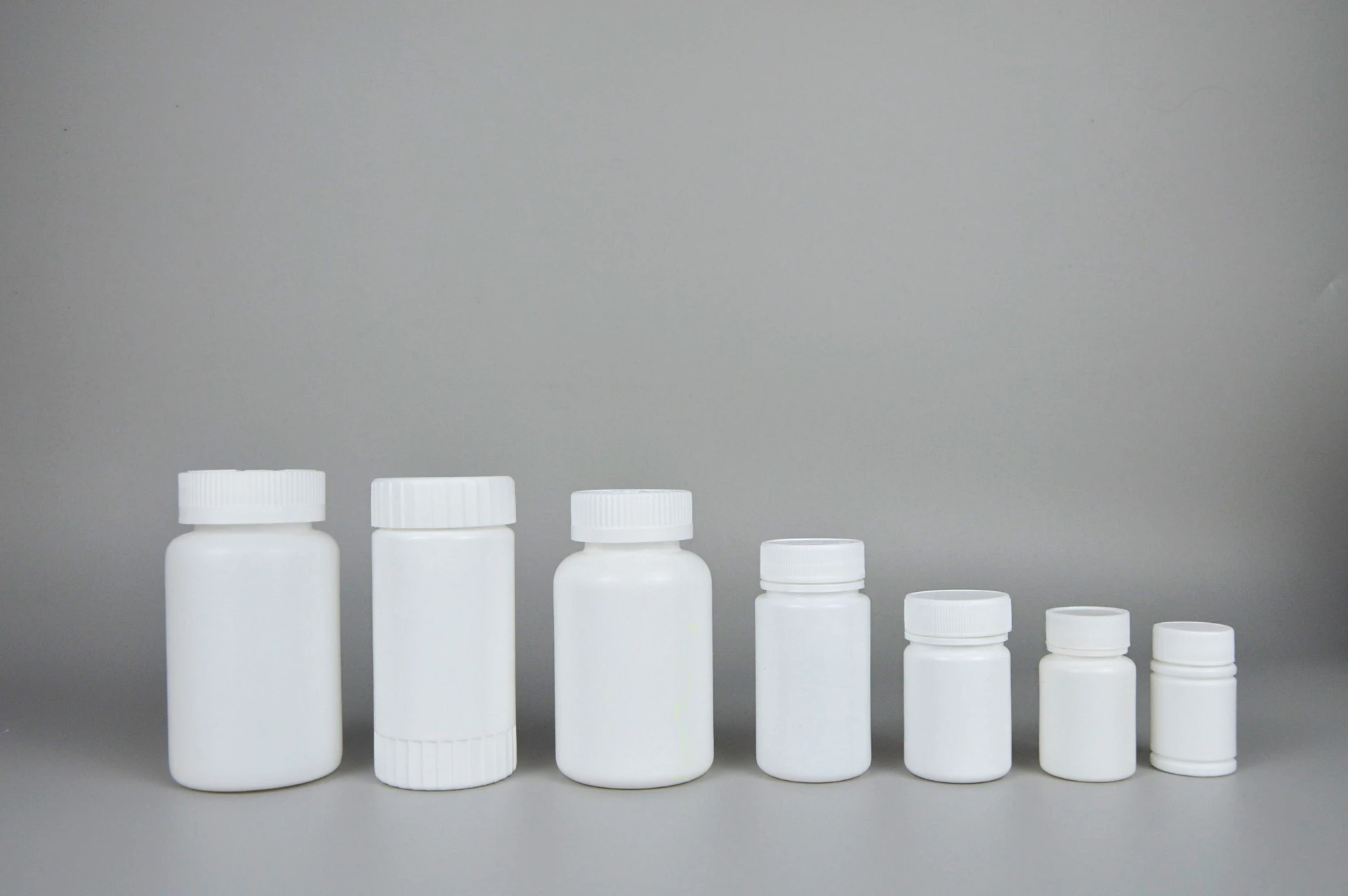microbiology lab instruments
Microbiology Lab Instruments Essential Tools for Scientific Exploration
Microbiology, the study of microscopic organisms, is a vital field in the life sciences that provides insights into the functioning and interactions of bacteria, viruses, fungi, and parasites. The backbone of effective microbiological research and diagnostics lies in the sophisticated instruments used in laboratories. These tools enable scientists to cultivate, manipulate, and analyze microorganisms, facilitating advancements in medicine, environmental science, and biotechnology. This article explores some of the essential instruments used in microbiology labs.
1. Autoclaves
Sterilization is a critical process in microbiology to prevent contamination of cultures and ensure accurate results. Autoclaves are pressure chambers that use steam under pressure to sterilize laboratory equipment such as glassware, media, and tools. By raising the temperature to 121°C for a specified time, autoclaves effectively kill all forms of microbial life, including spores. This instrument is fundamental for maintaining a sterile environment in microbiology labs.
2. Incubators
After inoculating media with microorganisms, researchers must provide optimal growth conditions. Incubators are temperature-controlled chambers that allow scientists to cultivate microbial cultures under specific environmental conditions. They can maintain constant temperatures and humidity levels, enabling the growth of bacteria and fungi. Some advanced incubators feature CO2 controls, enhancing the growth of specific microorganisms, particularly those requiring controlled atmospheric conditions.
3. Microscopes
The microscope is arguably the most iconic instrument in microbiology. It allows scientists to visualize microorganisms that are too small to be seen with the naked eye. Light microscopes utilize visible light to illuminate samples, while electron microscopes offer much higher magnification and resolution, revealing fine details of cellular structures. Fluorescence microscopes are particularly useful in microbiology for studying specific components of cells tagged with fluorescent dyes. These instruments are essential for both identification and characterization of microbial species.
microbiology lab instruments

4. Centrifuges
Centrifuges are vital for separating components of a mixture based on their density. In microbiology labs, they are commonly used to separate cellular components from culture media, purify DNA, or concentrate microorganisms for further study. By spinning samples at high speeds, centrifuges create a force that causes denser materials to settle at the bottom of the tube, allowing for easy collection of desired fractions.
5. Spectrophotometers
Spectrophotometers measure the absorbance or transmission of light by a sample, providing information on the concentration of microorganisms or biochemical compounds. In microbiology, these instruments are frequently utilized to assess cell density and establish growth curves, helping researchers monitor the proliferation of microbial cultures. Spectrophotometry allows for quick and accurate measurements, making it a crucial tool in microbiological assays.
6. PCR Machines
Polymerase Chain Reaction (PCR) machines are revolutionary tools for amplifying DNA. They enable scientists to produce millions of copies of a specific DNA sequence, facilitating the study of genetic material from microorganisms. PCR is invaluable for diagnostics, genetic research, and environmental microbiology, allowing for the detection of pathogens and the study of microbial diversity in various ecosystems.
Conclusion
Microbiology labs rely on a diverse array of instruments to conduct experiments and analyze microorganisms. From sterilization to cultivation, visualization, separation, and analysis, each instrument plays a critical role in advancing our understanding of the microbial world. By harnessing these technologies, microbiologists are not only unraveling the complexities of life at the microscopic level but also contributing to important advancements in healthcare, biotechnology, and environmental sustainability.
-
Aesthetic Makeup Spray Bottles | Fine Mist Empty RefillableNewsAug.19,2025
-
White Plastic Veterinary Vaccine Vials | Lab Liquid BottlesNewsAug.18,2025
-
Plastic Medicine Liquid Bottle: Secure Flip Top Drug VialsNewsAug.17,2025
-
Durable 250ml Blue Plastic Vaccine Vial for Lab & Vet UseNewsAug.16,2025
-
Sterile Virus Sample Tubes: Secure & Reliable Specimen CollectionNewsAug.15,2025
-
White 250ml Plastic Vaccine Vial for Lab & Vet MedicineNewsAug.14,2025
























